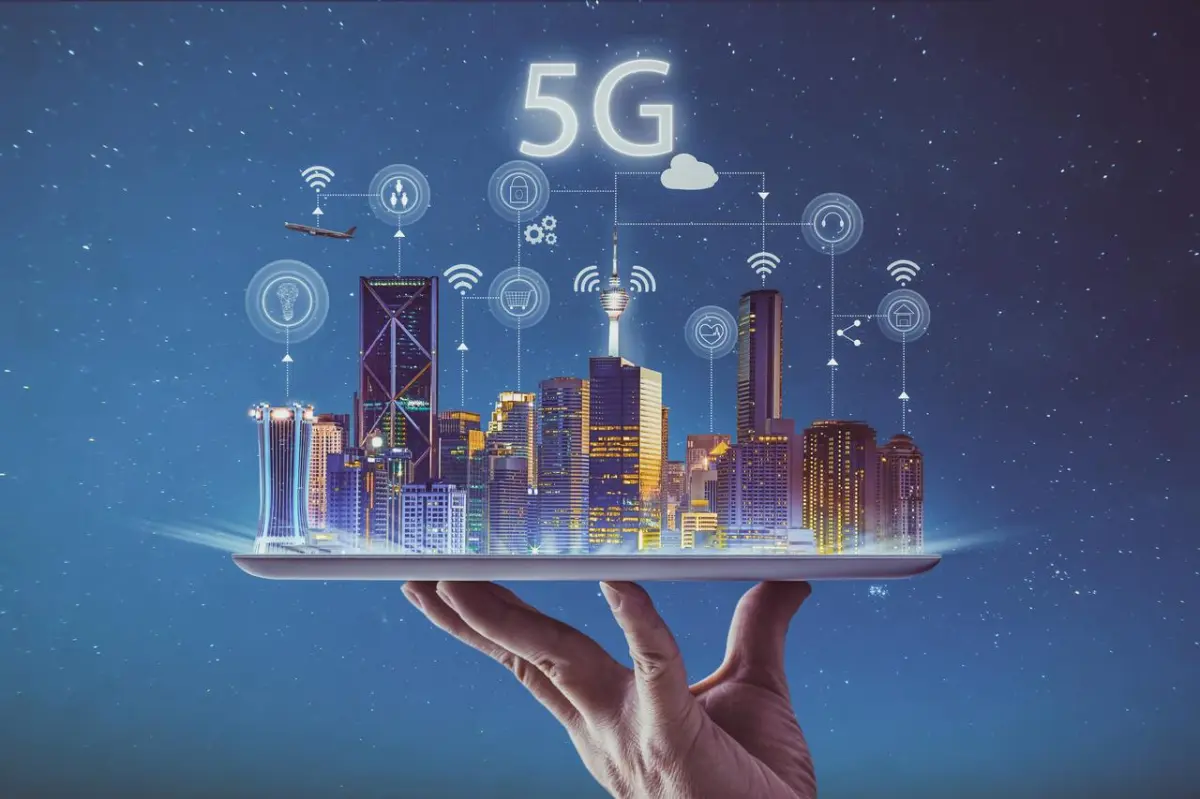5G technology has rapidly transformed the way we live, work, and connect. From lightning-fast internet speeds to the rise of connected devices and the Internet of Things (IoT), 5G’s impact is undeniable. But before we delve into its present and future, let’s take a trip down memory lane and trace the remarkable journey of 5G’s technological advancements.

Seeds of Innovation: The Early Days (2011-2014)
The story of 5G began in the early 2010s. While 4G (LTE) was still establishing itself, researchers and industry leaders started envisioning the next generation of mobile networks. With increasing demand for mobile data and the need for faster, more reliable connectivity, the groundwork for 5G was laid.
- 2011: International Telecommunication Union (ITU) forms IMT-2020 Focus Group, tasked with defining the requirements and capabilities of future mobile networks.
- 2012: First research projects on 5G technologies begin, exploring areas like millimeter wave (mmWave) frequencies and network slicing.
- 2013: ITU establishes “5G” as the official designation for the next generation of mobile networks.
The Road to Standardization: Collaboration and Competition (2015-2018)
With various research efforts underway, the need for industry-wide standardization became crucial. Organizations like 3GPP and ITU worked tirelessly to define the technical specifications and standards for 5G.
- 2015: First 5G New Radio (NR) specifications released, defining the core technology for 5G networks.
- 2016: Initial commercial trials of 5G begin in selected cities around the world.
- 2017: 3GPP finalizes the first phase of 5G NR standards, paving the way for commercial deployments.
The Launch and Beyond: Ushering in a New Era (2019-Present)
Finally, in 2019, the wait was over. The first commercial 5G networks were launched, marking a significant milestone in the technology’s journey. Since then, 5G adoption has grown rapidly, with operators worldwide investing heavily in infrastructure and device development.
- 2019: First commercial 5G deployments in South Korea, the United States, and other countries.
- 2020: Continued global rollout of 5G networks, despite pandemic challenges.
- 2021: Standalone (SA) 5G networks launched, offering improved performance and flexibility.
- 2022: Growing focus on 5G use cases in various industries, including manufacturing, healthcare, and transportation.
Key Technological Advancements in 5G
Several key technological advancements have made 5G possible:
- New Radio (NR): The core technology of 5G, offering higher speeds, lower latency, and improved capacity compared to 4G.
- mmWave Spectrum: Utilizes higher frequency bands (24 GHz and above) for ultra-fast speeds and short-range connections.
- Network Slicing: Allows operators to create virtual networks tailored to specific needs, like high-bandwidth for AR/VR or low-latency for industrial applications.
- Beamforming: Focuses radio signals towards specific devices, improving efficiency and signal strength.
The Impact of 5G: Transforming Industries and Lives
5G’s impact is already being felt across various industries and aspects of our lives:
- Enhanced Mobile Broadband: Faster download and upload speeds, enabling seamless streaming, video conferencing, and online gaming.
- Internet of Things (IoT): Connecting billions of devices and sensors, fostering advancements in smart cities, connected homes, and industrial automation.
- Emerging Technologies: Enabling the development and deployment of technologies like virtual reality (VR), augmented reality (AR), and autonomous vehicles.
- Improved Public Services: Supporting applications in healthcare, education, and public safety, leading to better efficiency and citizen engagement.
The Future of 5G: Continued Evolution and Innovation
5G is still in its early stages, and further advancements are on the horizon. Some key areas of development include:
- Standardization of Release 17: Bringing additional features like enhanced network slicing and improved positioning accuracy.
- 6G Exploration: Research on the next generation of mobile networks has already begun, focusing on even higher speeds, lower latency, and
Check-out other blog: The Impact of 5G on Streaming Services and Online Entertainment







